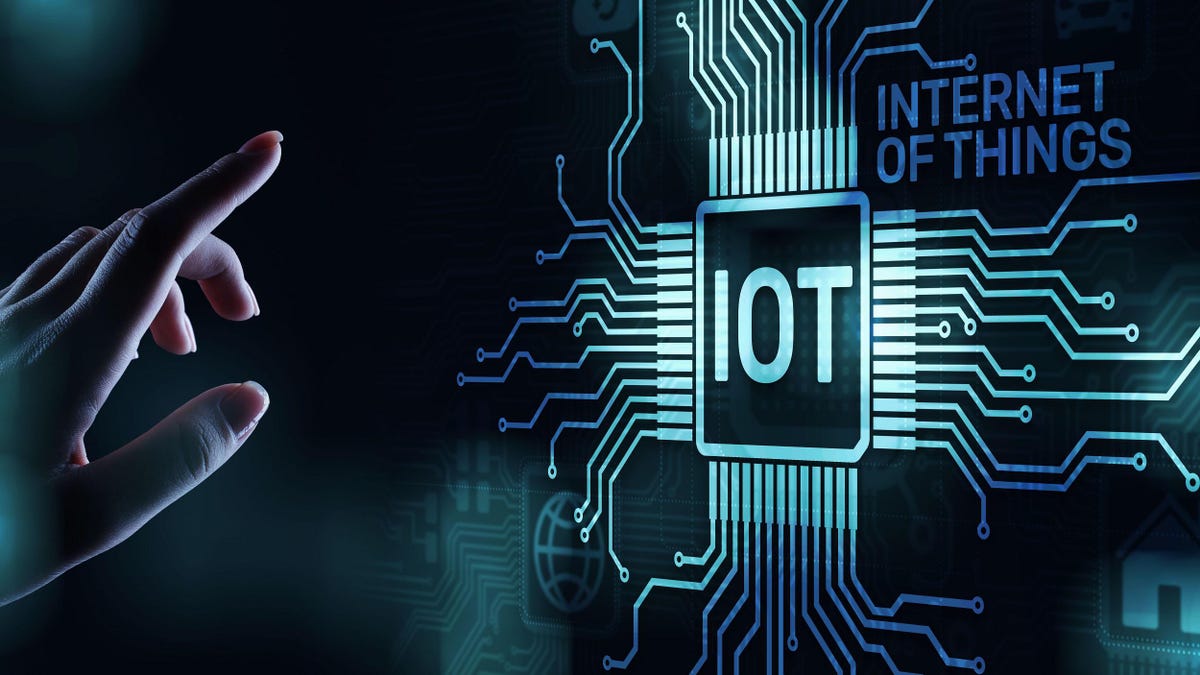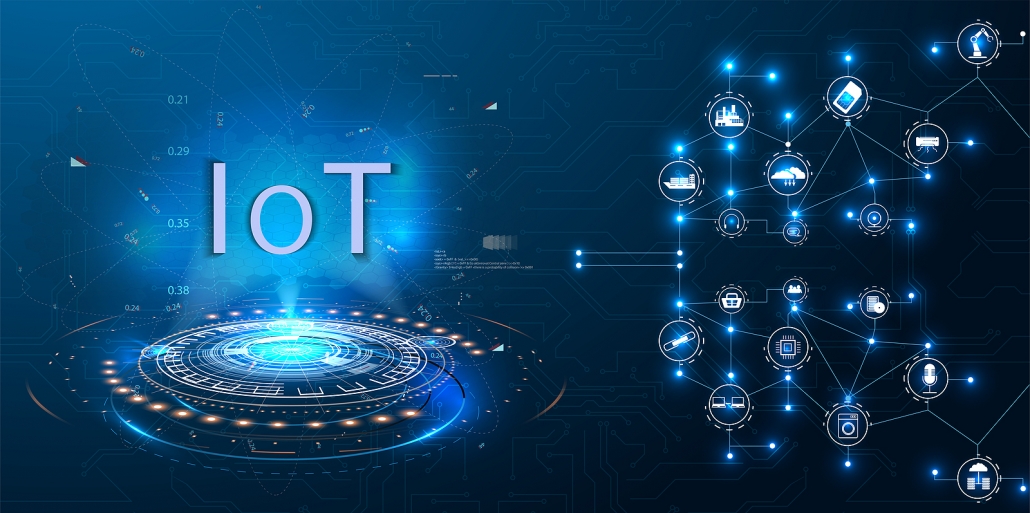What is the Internet of Things (IoT)?
The Internet of Things (IoT) has been growing over the last several years, and predictions are showing that it’s going to grow even faster in the years to come. It’s at the center of technological advances in every industry imaginable. This may seem like a bit of a hyperbole, but it’s unlikely we go a day without encountering IoT in some way. What is IoT, though? The Internet of Things continues to expand, but this is everything you need to know about the Internet of Things the next time you see it pop up in the news.
What is the Internet of Things?
The Internet of Things is the concept of connecting any device (so long as it has an on/off switch) to the Internet and other connected devices. The IoT is a giant network of connected things and people – all of which collect and share data about how they are used and the environment around them.
That includes an extraordinary number of objects of all shapes and sizes – from smart microwaves, which automatically cook your food for the right length of time, to self-driving cars, whose complex sensors detect objects in their path, to wearable fitness devices that measure your heart rate and the number of steps you’ve taken that day, then use that information to suggest exercise plans tailored to you. There are even connected footballs that can track how far and fast they are thrown and record those statistics via an app for future training purposes.

How does the Internet of Things work?
The Internet of Things has been made possible due to the development and coming together of a range of technologies, real-time analytics, sensors, embedded systems, wireless systems, automation, control systems, and machine learning.
The IoT works through devices and objects with built-in sensors that connect to the Internet and share data to a platform that applies analytics and shares the information with applications designed to address specific needs.
IoT platforms are designed to determine which data is of use and which can be discarded to detect patterns, make recommendations and find problems, often before they occur.
This all allows processes to become more efficient as well as allows certain tasks to be automated, particularly those that are repetitive, time-consuming, or dangerous. For example, if you are driving and see the engine fault light turn on, your connected car can check the sensor and communicate with others in the vehicle before sending data to the manufacturer. The manufacturer can then offer an appointment to fix the fault at your nearest dealer and ensure that the required replacement parts are in stock ready for when you arrive.
What are the benefits of IoT for business?
Accelerate innovation
The Internet of Things gives businesses access to advanced analytics that uncover new opportunities. For example, businesses can create highly targeted advertising campaigns by collecting data on customer behavior.
Turn data into insights and actions with AI and ML
Collected data and historical trends can be used to predict future outcomes. For example, warranty information can be paired with IoT-collected data to predict maintenance incidents. This can be used to proactively provide customer service and build customer loyalty.
Increase security
Continuous monitoring of digital and physical infrastructure can optimize performance, improve efficiency and reduce safety risks. For example, data collected from an onsite monitor can be combined with hardware and firmware version data to automatically schedule system updates.
Scale differentiated solutions
IoT technologies can be deployed in a customer-focused way to increase satisfaction. For example, trending products can be restocked promptly to avoid shortages.

Examples of IoT Devices
IoT devices come in a wide range of types for applications spanning domestic use, industrial processes, manufacturing, and more. With billions of different devices connected to the Internet of Things around the world, there are too many to list here. However, some common examples include:
- Autonomous farming equipment
- Biometrics
- Connected appliances
- Cyber security scanners
- Health monitoring
- Home security systems
- Logistics tracking
- Smart factory equipment
- Ultra-high-speed wireless internet
- Wireless inventory tracking
Why is the Internet of Things (IoT) so important?
Over the past few years, IoT has become one of the most important technologies of the 21st century. Now that we can connect everyday objects – kitchen appliances, cars, thermostats, baby monitors – to the internet via embedded devices, seamless communication is possible between people, processes, and things.
Using low-cost computing, the cloud, big data, analytics, and mobile technologies, physical things can share and collect data with minimal human intervention. In this hyperconnected world, digital systems can record, monitor, and adjust each interaction between connected things. The physical world meets the digital world – and they cooperate.
What about security?
Naturally, with more devices entering the home which can collect data about every facet of our lives, security and privacy are important concerns. While many privacy issues may be decided on the policy side, the underlying technology itself is an important part of security. This is one of the reasons why open source will be critical to the Internet of Things.
Every device capable of connecting to a network runs at least a primitive operating system along with the code which makes it function, and having an open-source code base allows device security to be tested, inspected, and when necessary, easily patched to help keep intruders out. A secure operating system like the Linux kernel, as well as other open-source operating systems, can be optimized for embedded devices to help keep data and devices safe.

Conclusion
The Internet of Things offers a wealth of benefits for applications ranging from day-to-day domestic uses to industrial monitoring, manufacturing, and even those for entire smart cities. Improving safety, efficiency, and time management are just some of these benefits, although there are still concerns around device security for the IoT.
Despite this, the IoT looks set to become an increasing part of our everyday lives as connectivity grows.